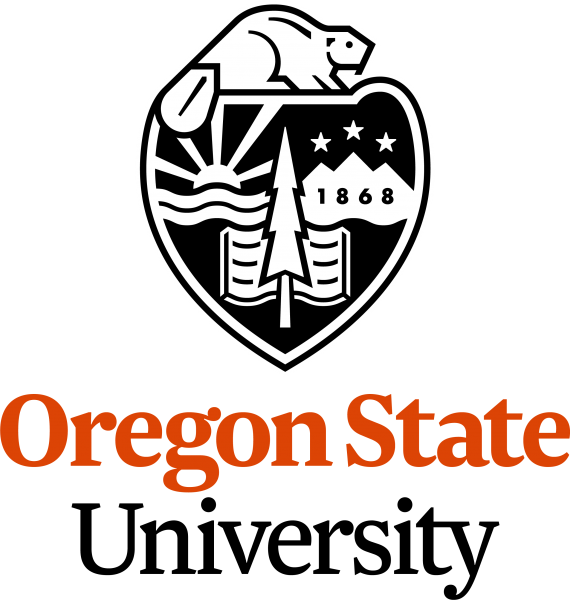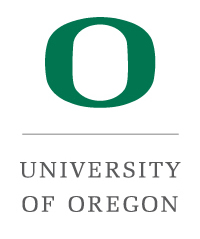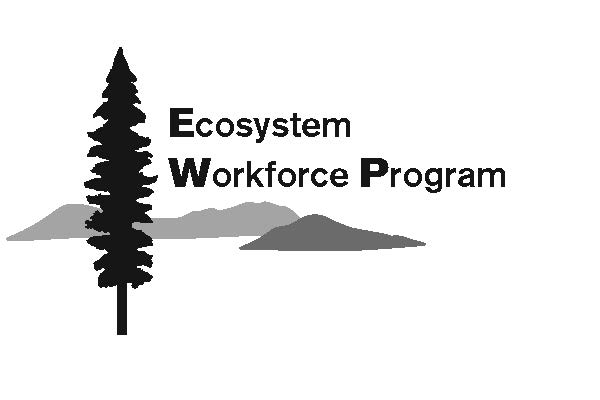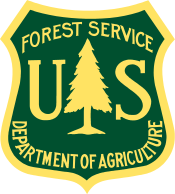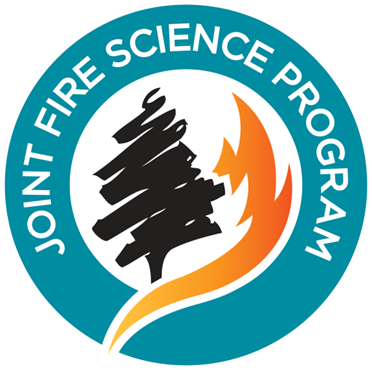Land use planning approaches in the wildland-urban interface: an analysis of four western states
| Title | Land use planning approaches in the wildland-urban interface: an analysis of four western states |
| Publication Type | Report |
| Year of Publication | 2021 |
| Authors | Mowery, M, Punchard, D |
| Date Published | 02/2021 |
| Institution | Community Wildfire Planning Center |
| Keywords | land use planning, technical reports and journal articles, wildland-urban interface |
| Abstract | This report focuses on a critical aspect of working towards |
| URL | https://www.communitywildfire.org/wp-content/uploads/2021/02/CWPC_Land-Use-WUI-Report_Final_2021.pdf |
